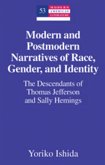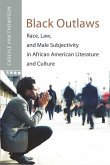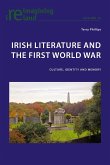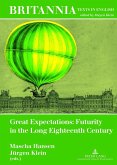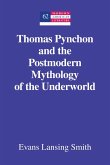How can art, how can prose and poetry originate in spite of the restraints of manipulation, propaganda, and censorship? This study explores such issues by focusing on the cultural trajectory of Japanese American internment, both during and after World War II. Previously unknown documents as well as interviews with friends and family reveal new aspects of John Okada's (1923-1971) life and writing, providing a comprehensive biographical outline of the author. The book refutes the assumption that Okada's novel No-No Boy was all but shunned when first published in 1957. A close reading as well as a comparative study involving Italo Calvino's (1923-1985) Six Memos for the Next Millennium (1985) position Okada's only book as world literature.
«Girst's work will appeal to scholars working in a variety of geographic and thematic categories, who will appreciate the value of his close reading and integration of previously unknown and unpublished sources, as well as his careful inclusion of illustrations, literary excerpts, exhaustive footnotes, and an extensive bibliography.»
(Elena M. Friot, Pacific Northwest Quarterly Vol. 107 2015/2016)
«[...] Art, Literature, and the Japanese American Internment provides a valuable teaching tool in a university course in Asian American studies. For the general reader, Girst has written a thoughtful and informative study which helps to illuminate the complexity of No-No Boy as a novel as well as the diversity of the Japanese American response to internment.»
(Hamish Ion, Pacific Affairs vol. 90, no. 2/2017)
(Elena M. Friot, Pacific Northwest Quarterly Vol. 107 2015/2016)
«[...] Art, Literature, and the Japanese American Internment provides a valuable teaching tool in a university course in Asian American studies. For the general reader, Girst has written a thoughtful and informative study which helps to illuminate the complexity of No-No Boy as a novel as well as the diversity of the Japanese American response to internment.»
(Hamish Ion, Pacific Affairs vol. 90, no. 2/2017)


